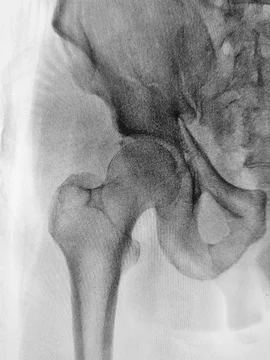
Judge Wolson is a visiting judge with a number of patent cases here in Delaware. His procedures tend to differ a fair bit from Delaware judges in some areas (particularly those involving redactions sealing).
In February, he implemented an interesting new procedure for summary judgment motions. His new procedure requires parties to serve—but not file—their statement of fact in support of the motion 28 days in advance, so that the opposing party can respond on a fact-by-fact basis. The party serving the motion can then respond to that response. The resulting combined statement of facts is then filed with the brief.
This process is intended to result in a single statement of facts that includes the parties' opening, answering, and reply positions as to each fact, in that order and in one document for easy readability:
The result of this process will be a single, consolidated statement of facts that permits Judge Wolson to see each party’s position on each factual assertion in one place. For example, ...







